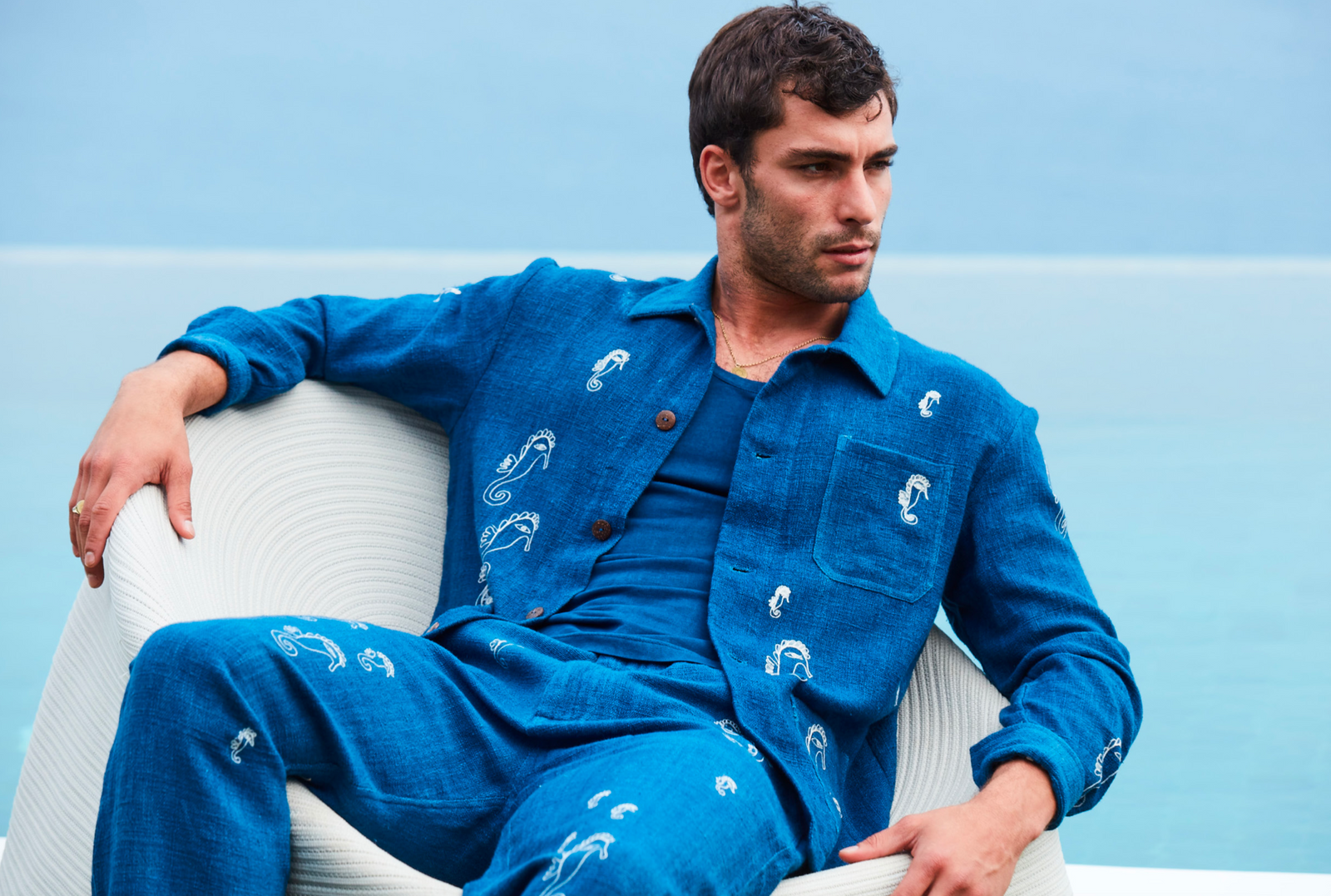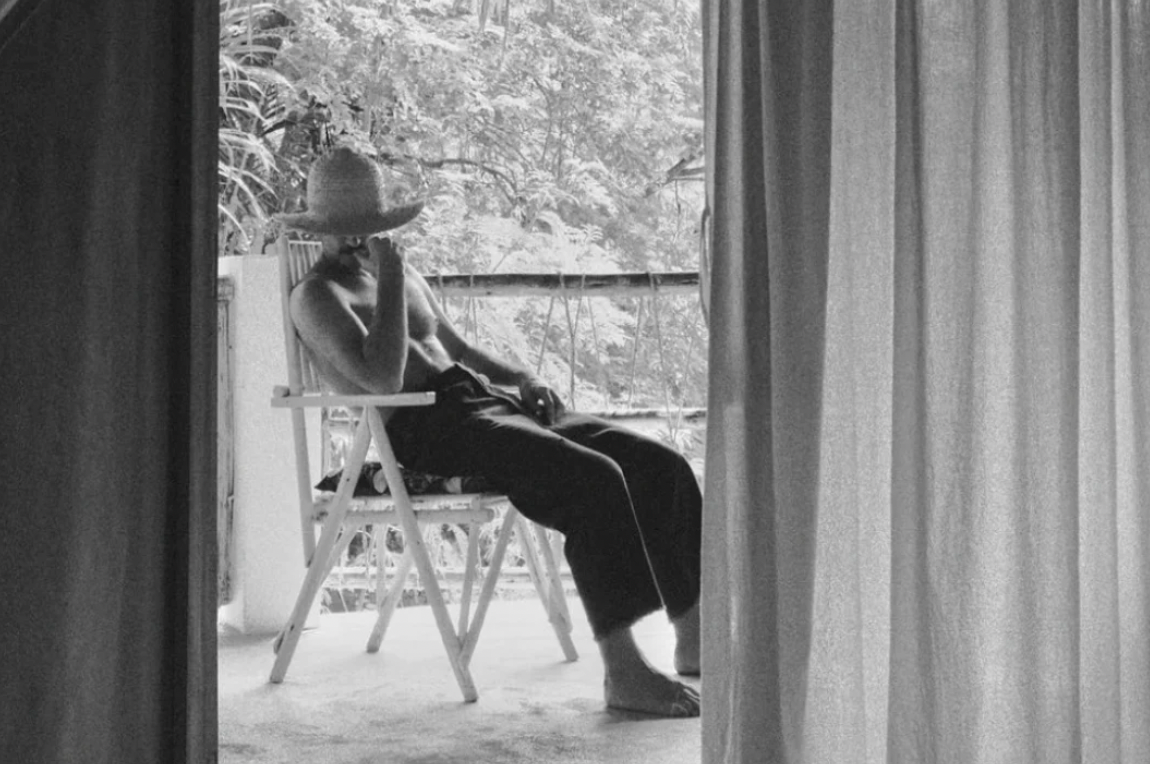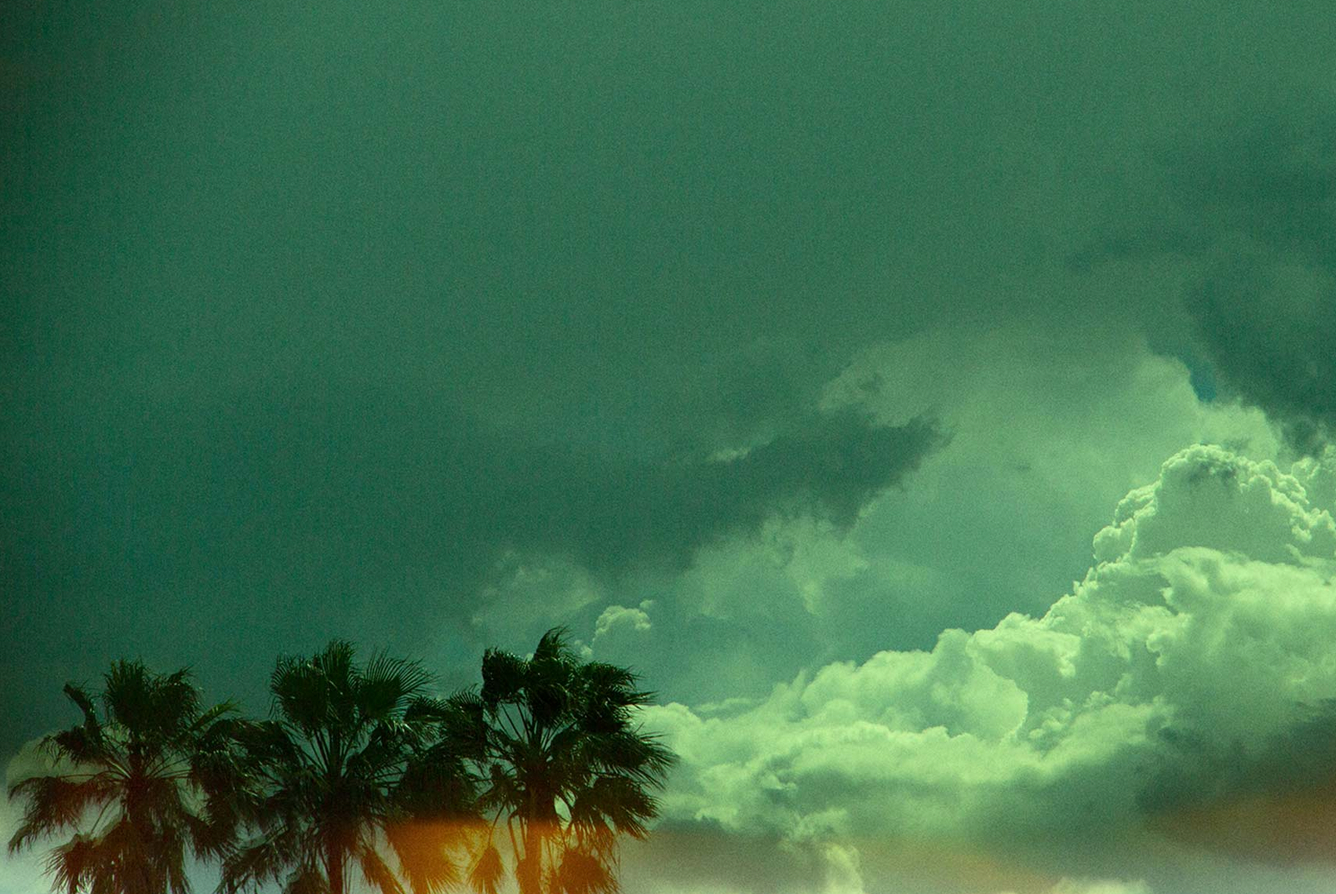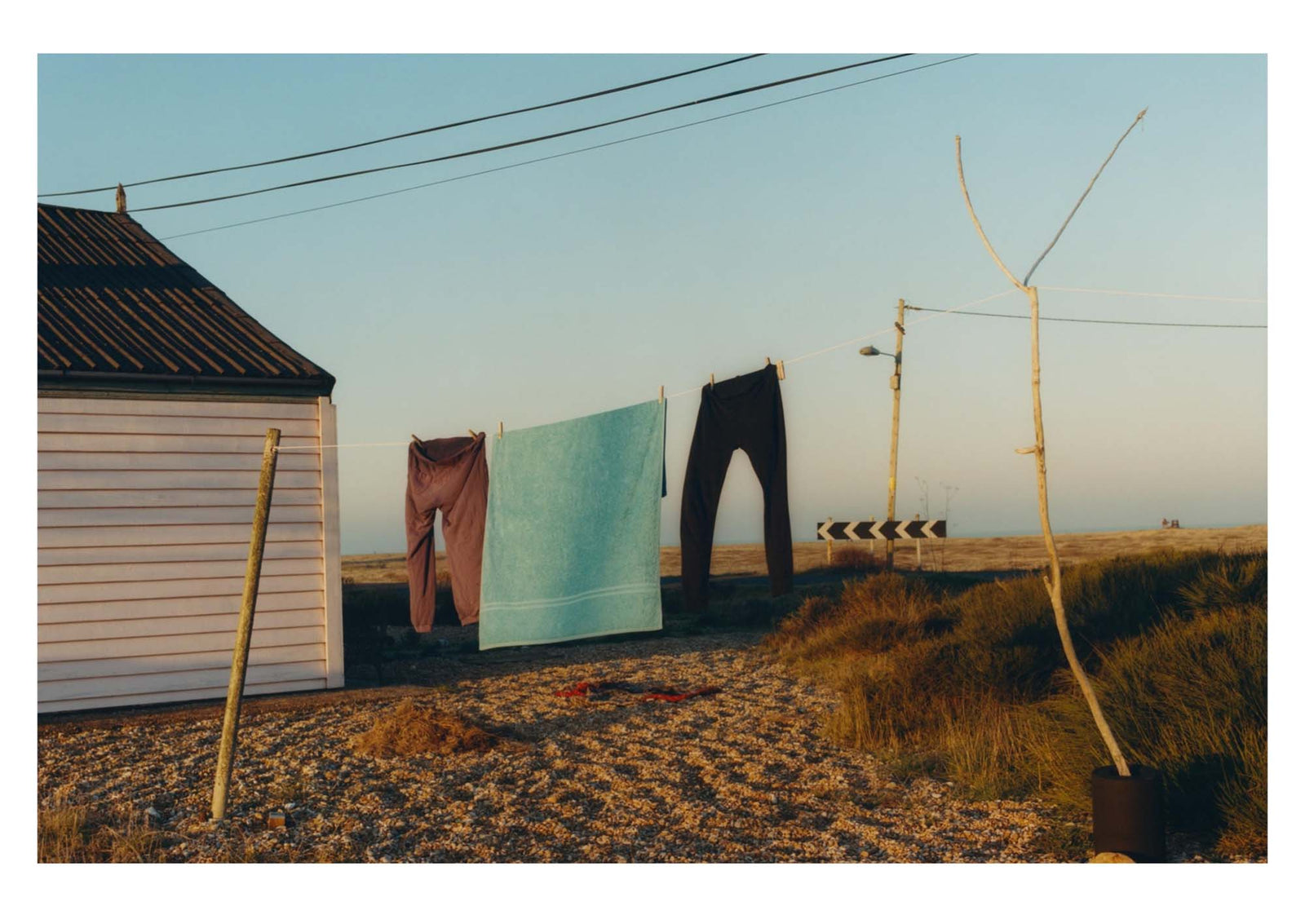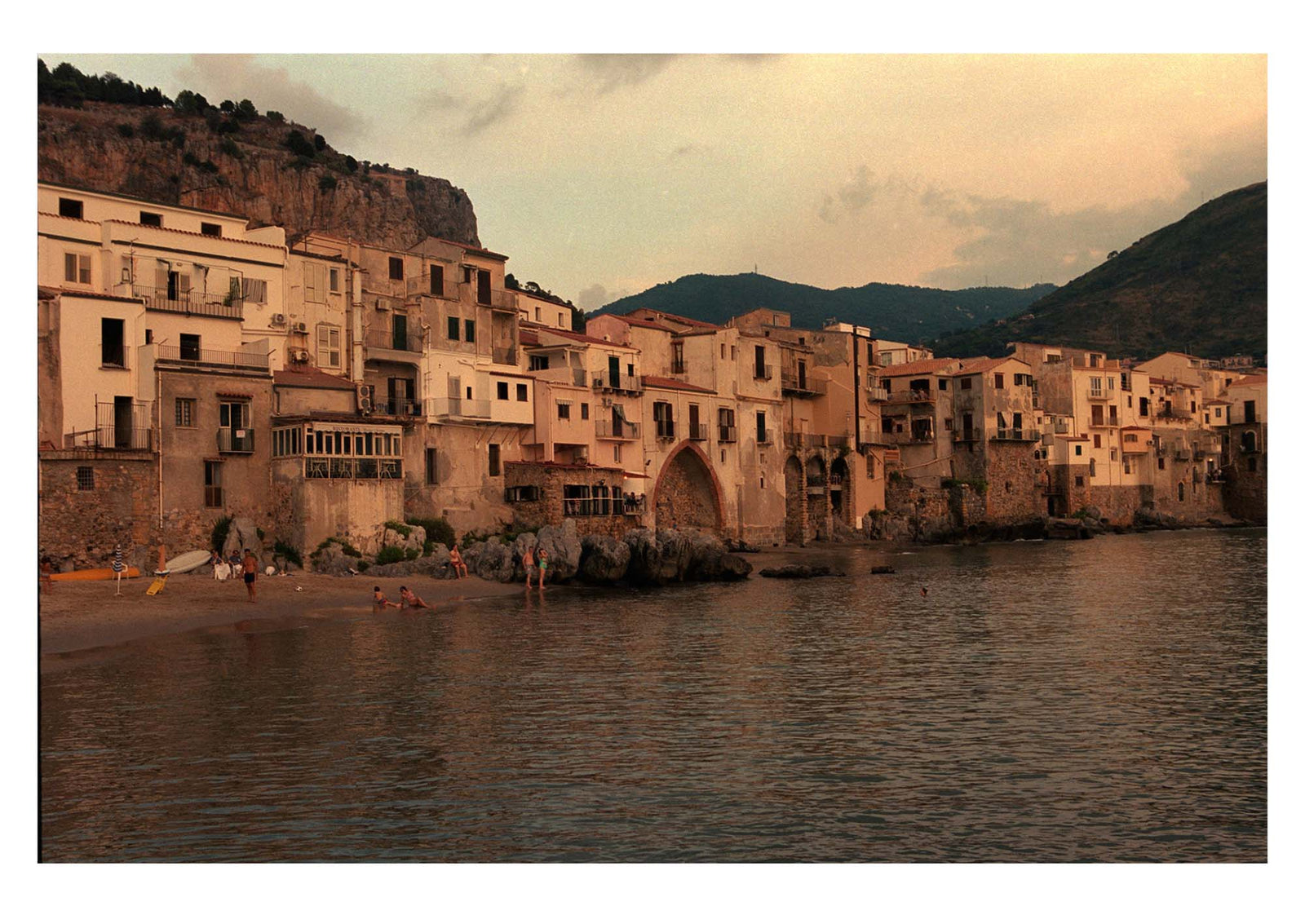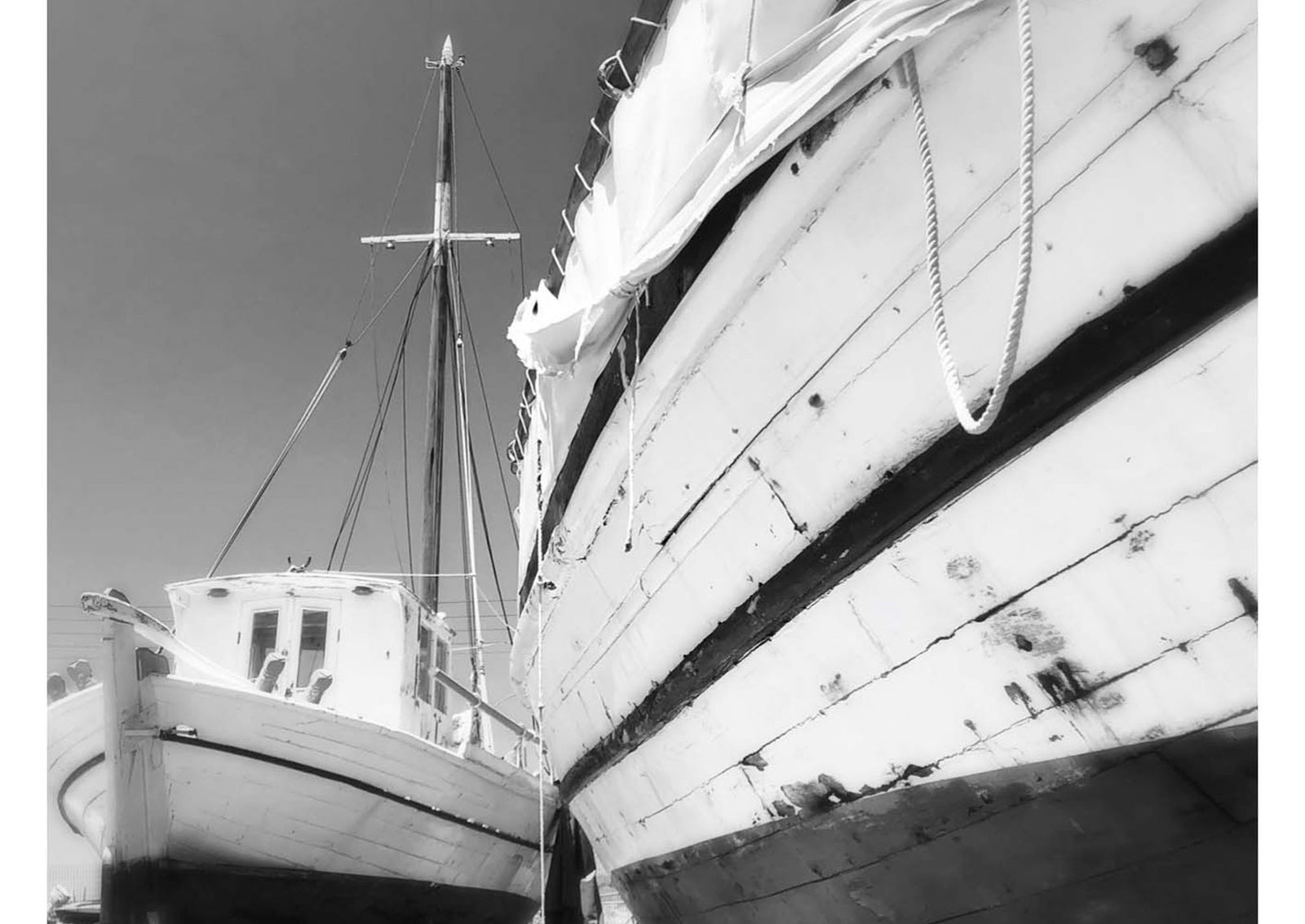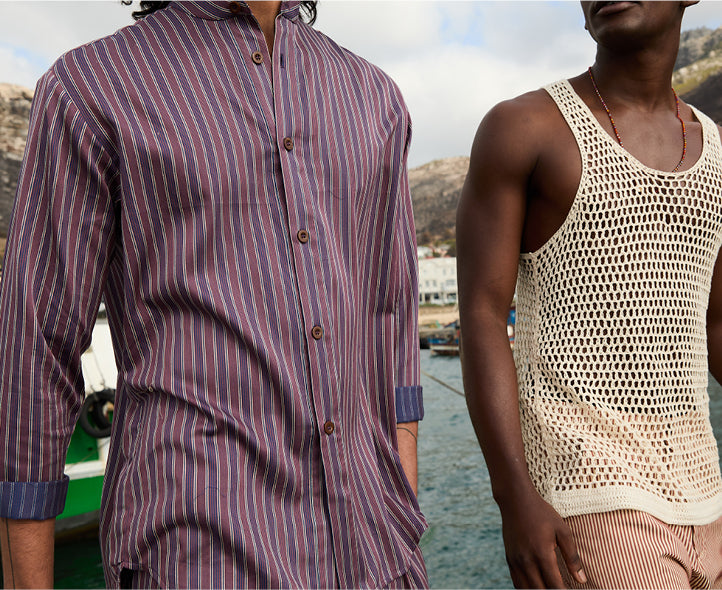Driving along the empty roads which loop around the edge of Iceland can make you feel like you are traversing a distant planet – or perhaps the only person left on earth. From black-sand beaches battered with brooding Atlantic seas, to green moss-covered lava fields – and the occasional geysir shooting forth water high into the sky – the island nation belies description. And, while it might not be the typical place to spend your summer, Iceland is at its most magical from May to June when the sun barely – and sometimes never – sets.
Most people’s journey will begin in Reykjavík, the compact capital city home to just over 100,000 residents (so the story goes, if the norm is six degrees of separation, in Iceland it’s two – or none at all). Battered by the financial crisis of 2008, the city has built itself anew with a strange but welcoming charm: from tiny cramped beer halls and fermented food-filled Michelin-starred restaurants, to the famed glowing waters of the Blue Lagoon on its outskirts (enjoy the warm pools on your way to or from the airport; or simply enjoy the more rustic geothermal pools dotted around the island). Those staying in the city should head for the chicly sparse monochrome interiors of 101hotel, or the traditional Art Deco stylings of Hotel Borg – the city’s oldest hotel.
